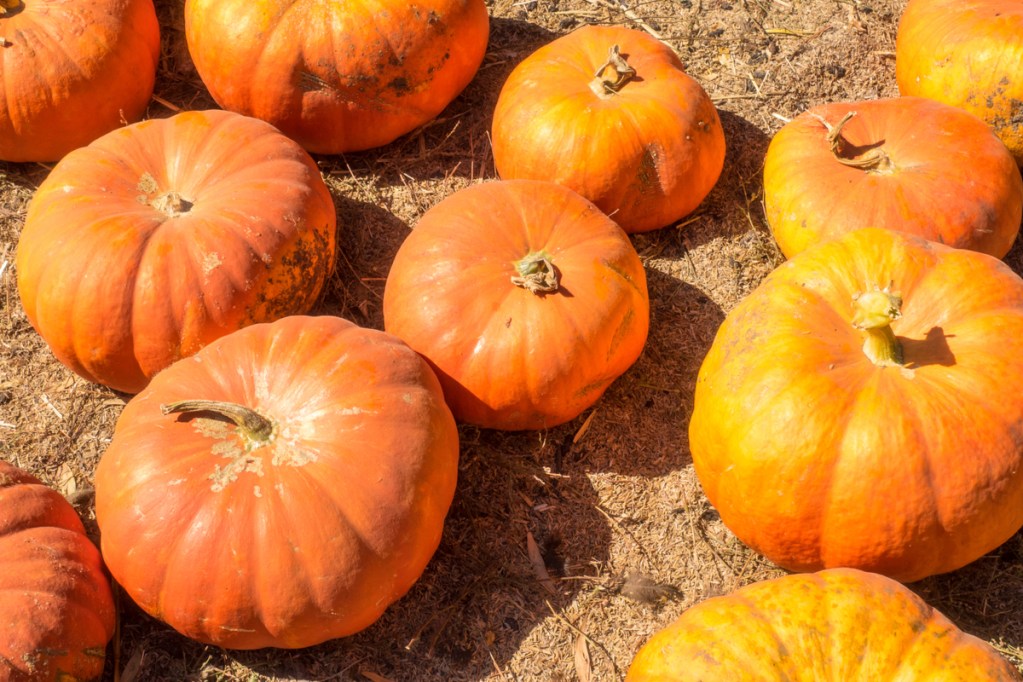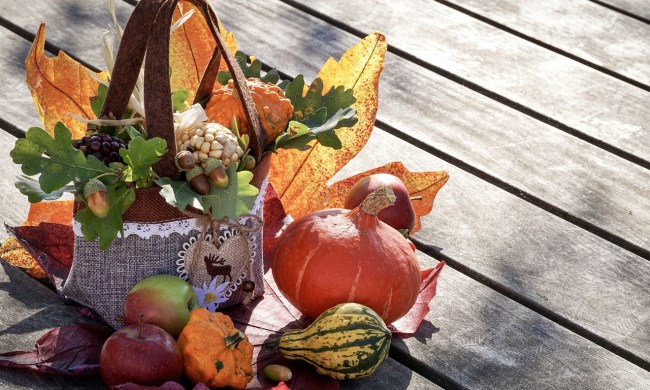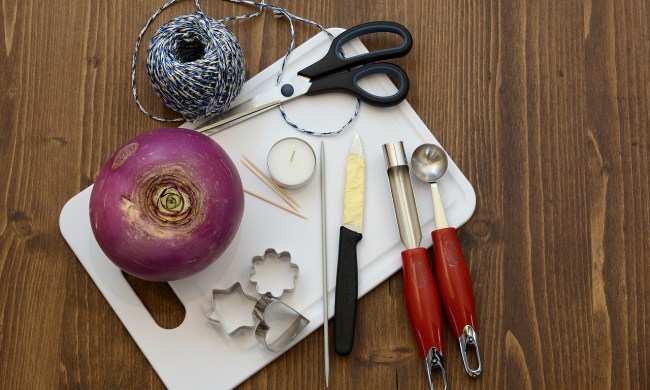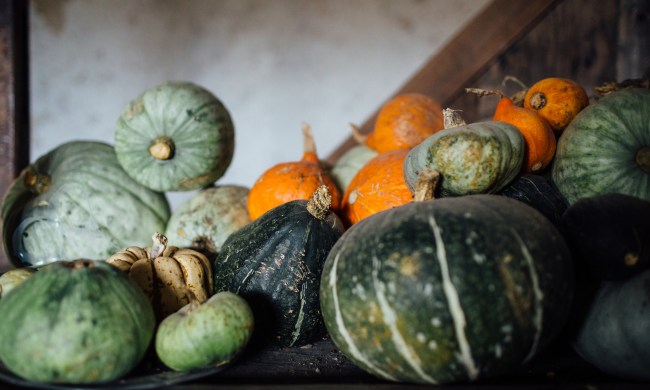Your backyard garden isn’t always able to grow everything you need to feed your family, but that doesn’t mean you can’t get farm-fresh foods for your table! Farmers markets are an excellent way to find fresh, locally grown food. There are several benefits to buying from sellers in your area, like stimulating the local economy, supporting smaller and local farms, accessing more fresh and healthy foods, getting to know the people who grow your food, and much more.
Some studies even show that veggies at farmers markets are more nutritious because what it takes for a local farmer to pick and sell that product is significantly less than in big grocery stores. This means the food is more fresh, which in turn means it retains more of the nutrients.
So what should you look out for on your next trip to the market? What’s in season right now? Find out what farmers market fall foods are in season.
Pumpkins
Pumpkins aren’t just for fall decoration; they’re also great for roasting. Pumpkins are delicious and their seeds can even be harvested and baked in the oven to make a tasty, healthy snack.
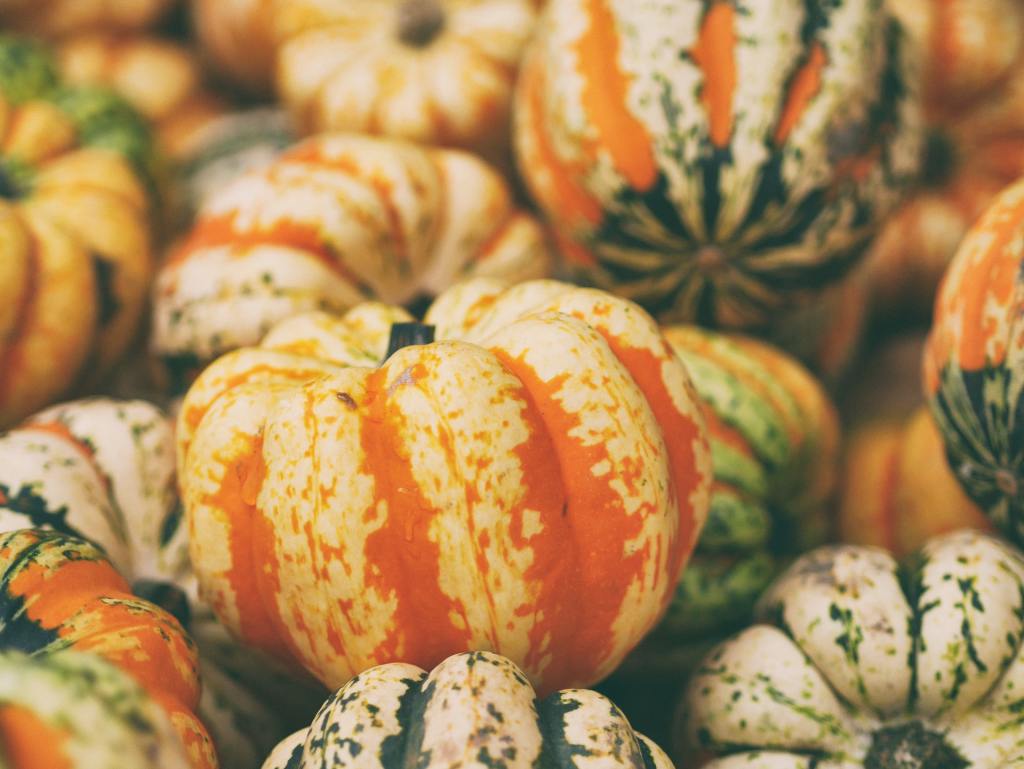
Squash
Similar to pumpkins, three varieties of squash reach peak freshness during the early fall months. Acorn, butternut, and delicata squash are what you should be looking out for around this time of year. They can be baked, roasted, and made into soups.
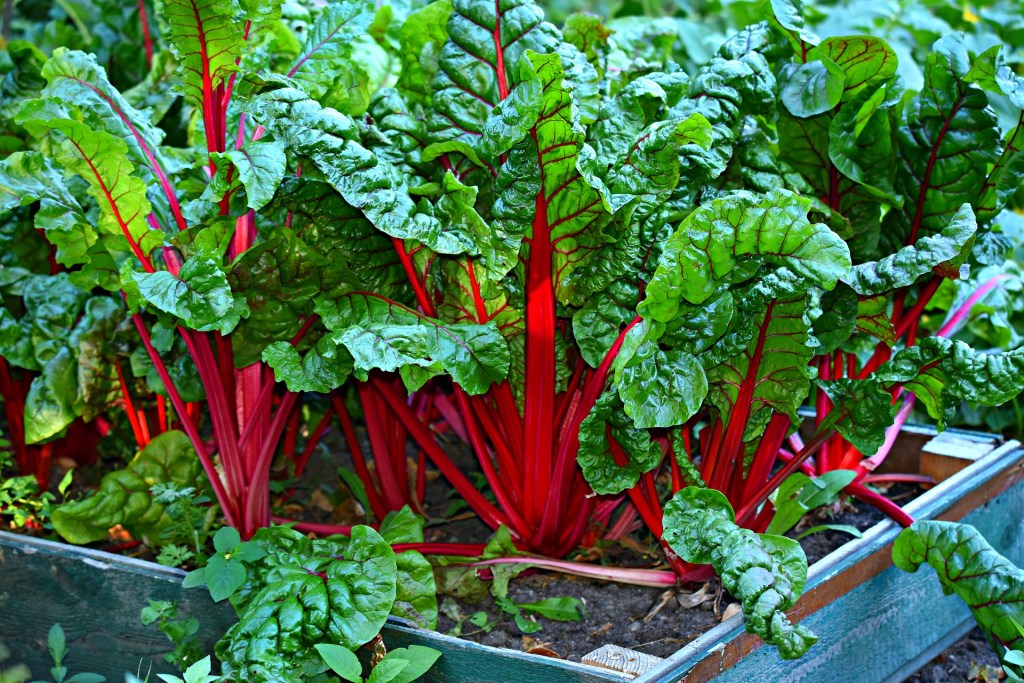
Swiss chard
Often overlooked, Swiss chard is a beautiful leafy green that brings so many benefits to your table and your health. It’s best when sauteed with garlic and onions and served as a side dish.
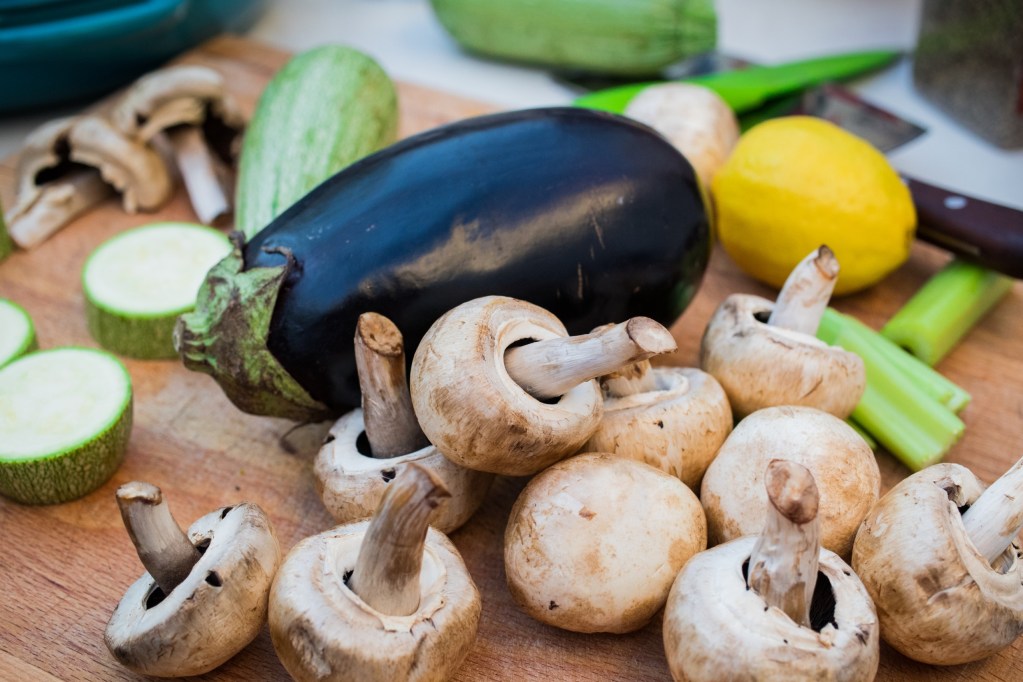
Mushrooms
Mushrooms come in a wide variety of shapes, sizes, and intensities of flavor. They’re so good for you and are excellent additions to many recipes. On their own and freshly picked, mushrooms are great on salads or with a cheese tray. They can be made into delicious soups or sauteed with butter for steaks, burgers, and more.
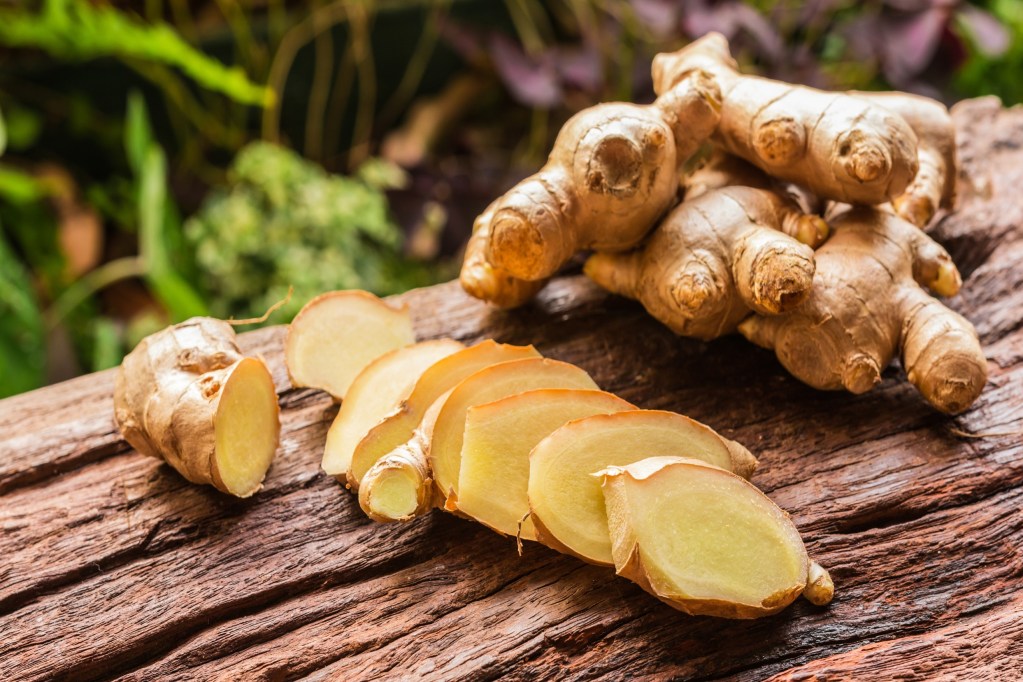
Ginger
This rhizome can be found in many Asian dishes and will bring a whole new level of flavor when freshly ground or shredded. You can even make medicinal tea with fresh ginger to improve your health and make a winter cold not so terrible to endure.
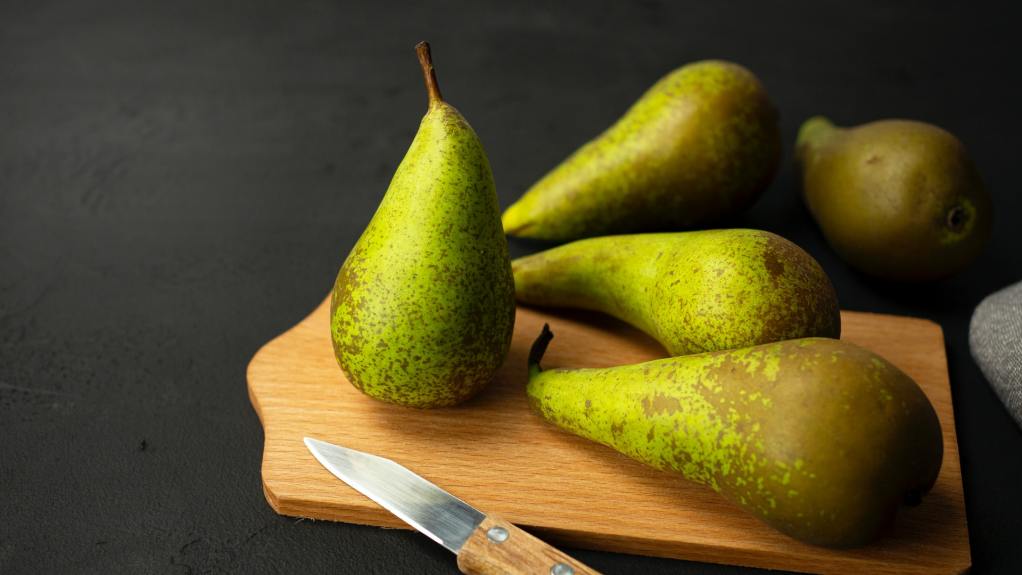
Pears
You shouldn’t just be looking out for vegetables this time of year. Pears are in peak season during these cooler fall months, and if you’re lucky enough to have an orchard around, you don’t want to miss out on the soft and tasty fruits. They can be eaten fresh, baked in pies or crumbles, or even sliced onto crackers or bread with a wide range of cheeses and honey.
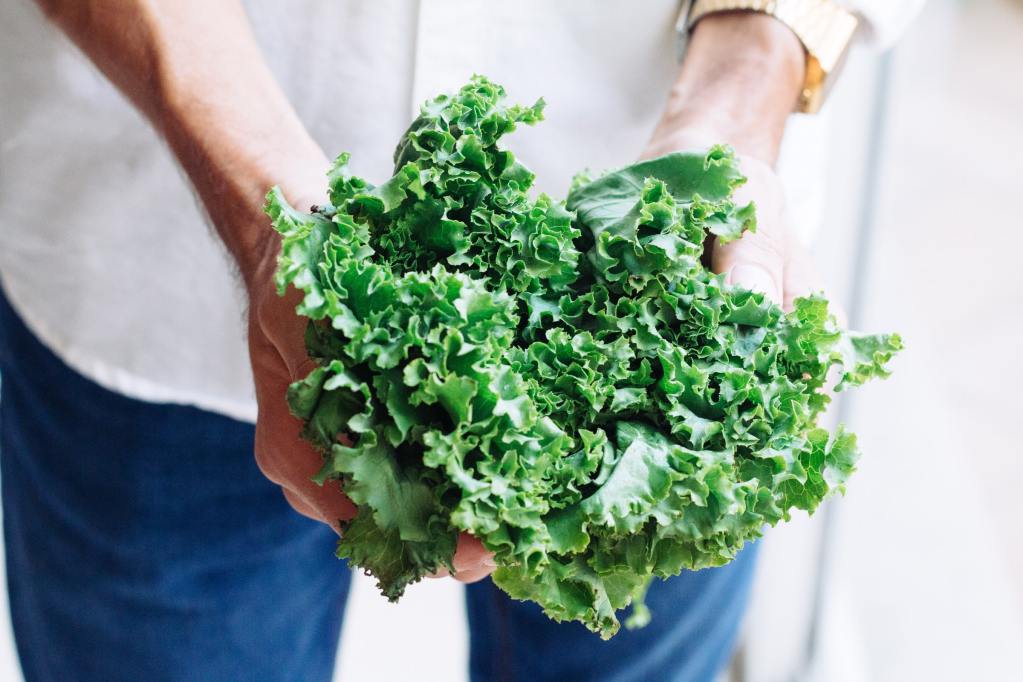
Kale
A dark, leafy green that’s sure to boost your health and make you feel like your healthiest self, kale is a plant that doesn’t mind being a little chilly. It’s good in soups, fresh on salads, or blended with fruits for a green smoothie.
Apples
Apples also reach their peak ripeness during this time of year. There’s almost nothing better than biting into a freshly picked apple, and you can find those at the farmers markets if you’re lucky enough to have an orchard selling at yours. Eat these fresh on their own or with peanut butter, or bake them into pies and crumbles.
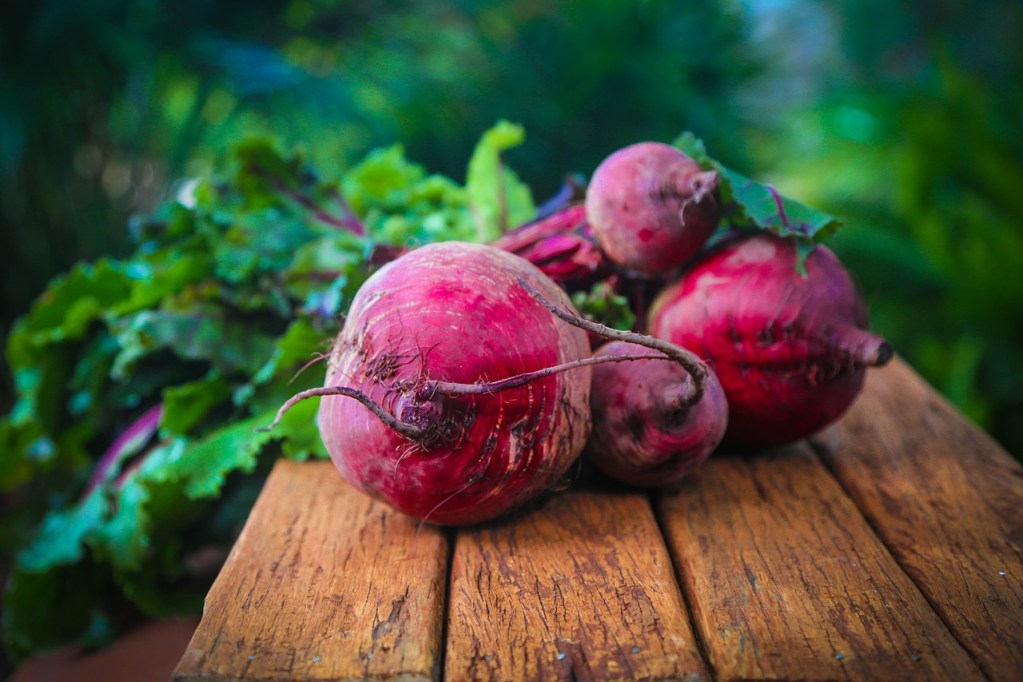
Beets
Good for your gut health, beets are a deep purple root veggie that can be made into soups, roasted as a side, or even pickled to eat on sandwiches. You can even eat the greens of this plant and get some extra bang for your buck.
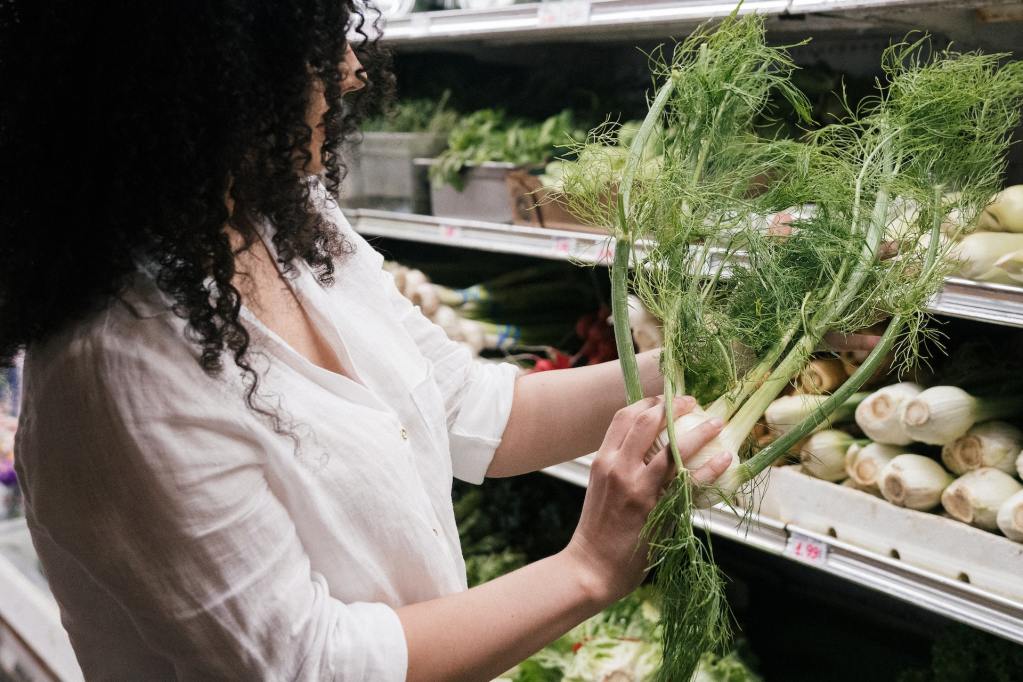
Fennel
Fennel is similar to onion in flavor and can be used in similar ways, but it has a much milder flavor and isn’t as good fresh. Our favorite way to cook fennel is by slicing it and keeping its rings together, then roasting those slices with a bit of parmesan cheese for an appetizer at your next party.
Turnips
While they have less versatility than other veggies on this list, turnips are still an excellent choice to pick up at the market. They can be thrown in when roasting other root veggies, such as sweet potatoes, beets, carrots, and onions. You can also throw some olive oil and garlic on the pan with turnips for a healthy and delicious side dish.
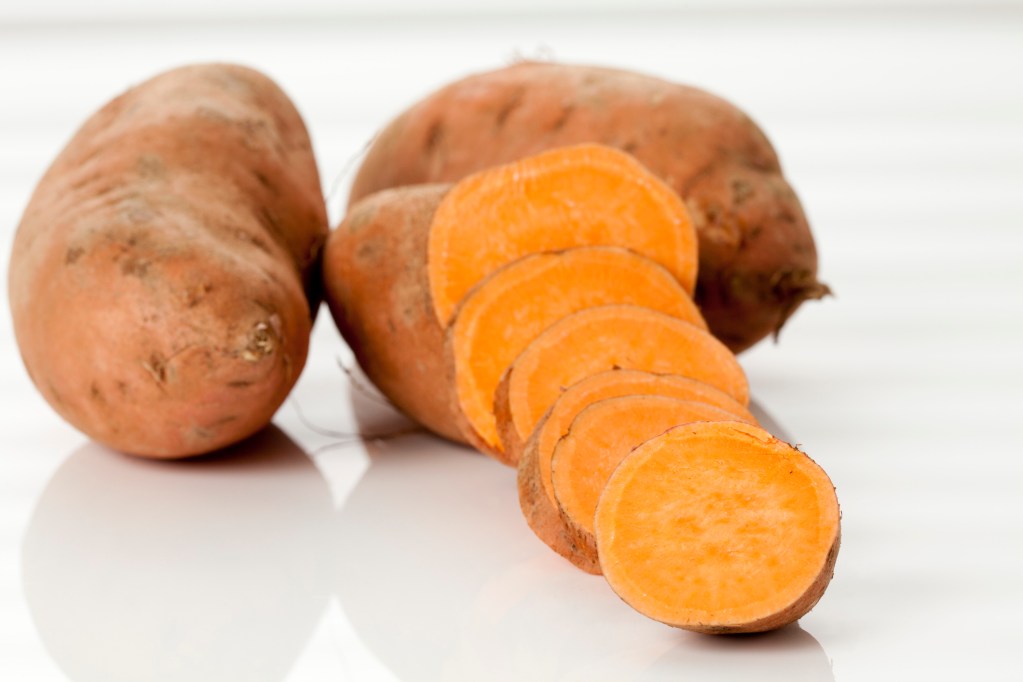
Sweet potatoes
Sweet potatoes can be fried, roasted, pureed into soups, mashed, baked, and so much more. The vegetable can be served as the side, the main dish, or as dessert! You can even cube it, roast it, and throw it together with black beans, corn, rice, avocado, and a dash of lime for a delicious Mexican-inspired lunch.
You might not be able to find all of these at your local farmers market, depending on where you live, but you’re sure to see some of them, and we encourage you to try them out if you haven’t before.
